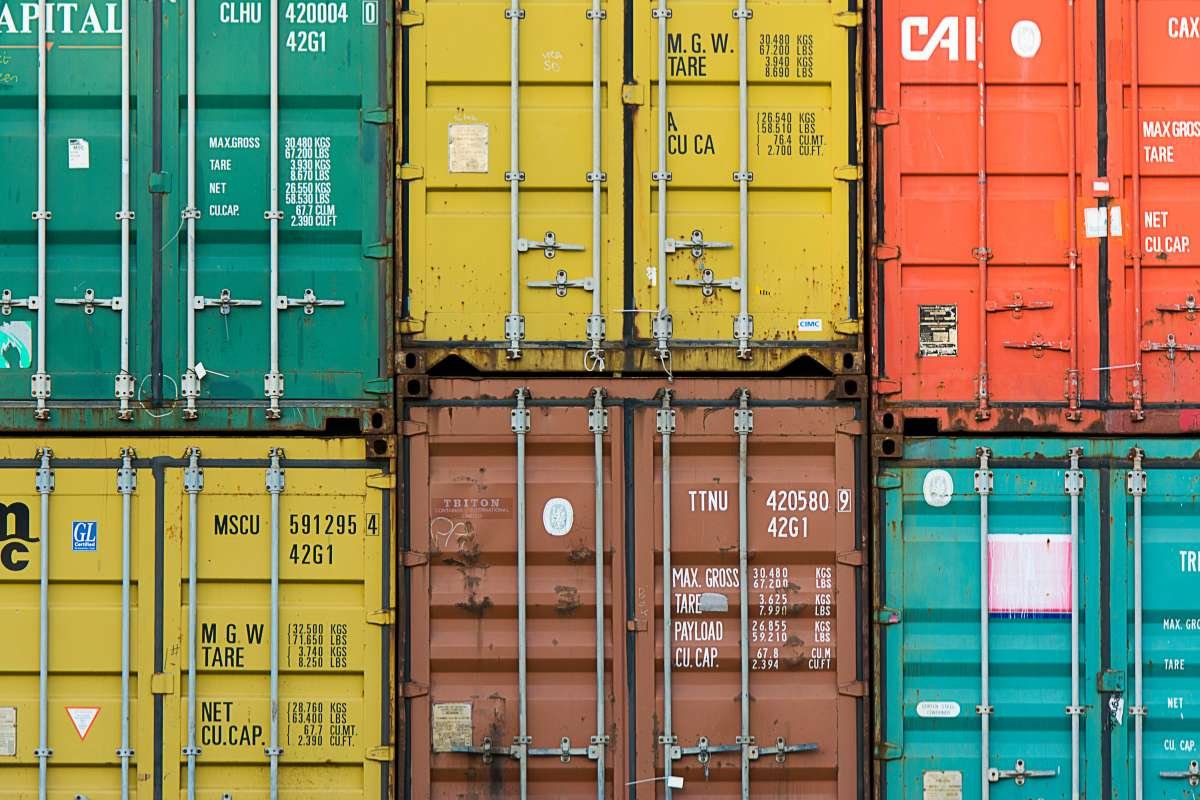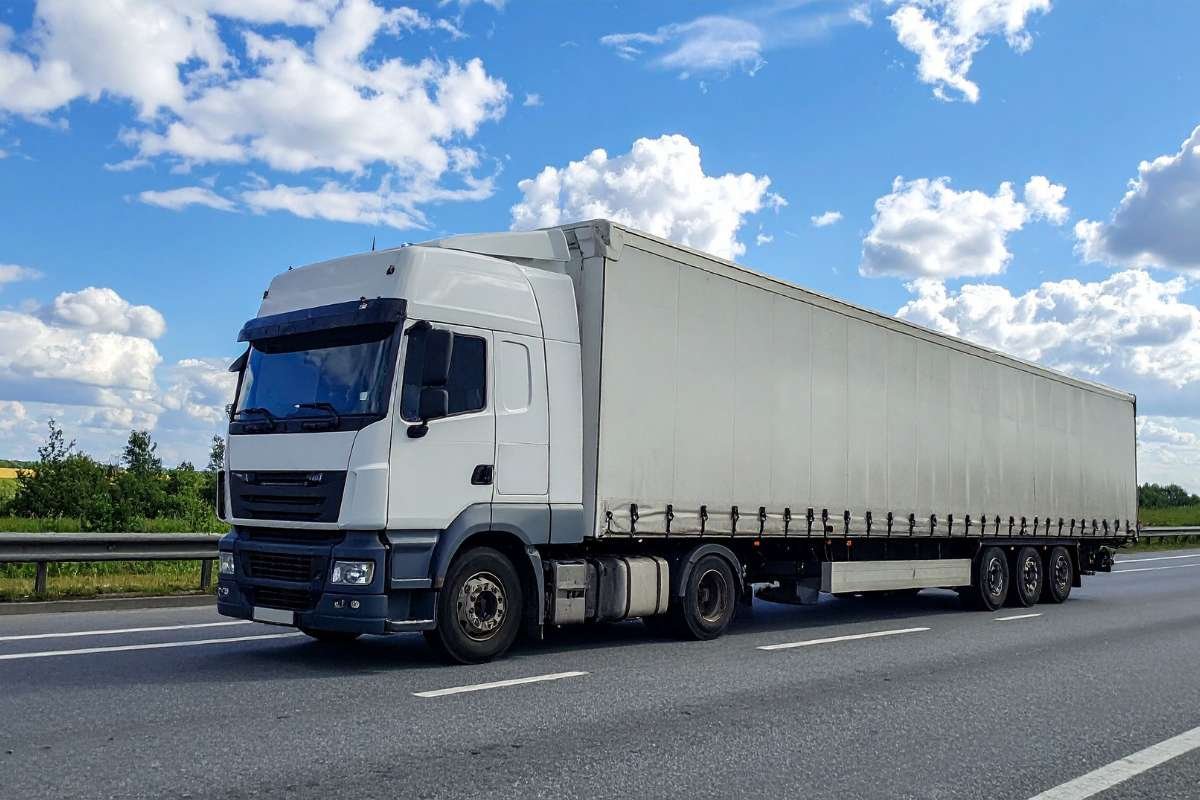Cost efficiency is a priority for logistics teams across industries such as agriculture, chemicals, brewing, and mining. Investing in logistics equipment upgrades is a practical way to reduce operational expenses while improving reliability and performance.
With rising operational costs and increasing pressure to deliver sustainably and reliably, equipment upgrades offer a practical and often overlooked opportunity to reduce expenses.
This article examines how modern, fit-for-purpose equipment helps logistics teams cut costs while enhancing performance and compliance.
Key Logistics Equipment Upgrades That Drive Cost Efficiency
Reducing Maintenance and Repair Costs
Old or unsuitable equipment often leads to frequent breakdowns, leaks, or structural failures. These issues not only disrupt operations but also increase expenditure on repairs and maintenance.
Modern intermediate bulk containers (IBCs), particularly those made from stainless steel or high-grade plastic, are designed for durability and chemical resistance. This reduces wear and tear over time, extending service life and minimising the need for replacement parts or servicing.
For logistics teams managing high volumes of movement and storage, the long-term savings in upkeep can be substantial.
Minimising Product Loss and Contamination

Leakage, evaporation, or cross-contamination of stored materials results in direct financial loss and potential regulatory consequences. Outdated containers often lack effective seals or are incompatible with modern containment systems. Advanced IBCs with robust sealing mechanisms and compatible fittings reduce these risks.
In chemical and food-related industries, preventing contamination is critical to maintaining product integrity and avoiding waste. Using well-engineered containers helps ensure that transported or stored materials reach their destination in optimal condition, thereby preserving value and cutting losses.
Improving Handling Efficiency
Efficient handling of equipment directly influences labour costs and turnaround times. Traditional containers may require more manual effort, can be difficult to clean, or can be incompatible with automation.
In contrast, modern containers such as those found in Tank Management bulk liquid storage solutions are designed for easy handling with standard forklifts or automated systems. This reduces manual handling time and the likelihood of workplace injuries.
Features like stackability and integrated discharge valves support faster loading and unloading, allowing teams to move goods more quickly and reducing delays in transportation or warehousing.
Streamlining Transport and Freight Use

Freight and fuel costs are major components of logistics spending. Equipment that optimises payload and space usage can significantly lower these expenses.
Newer IBCs are engineered to maximise volume-to-footprint ratios, allowing more product to be transported per load. Their uniform shapes also enable more efficient stacking and packing, improving trailer utilisation and reducing the number of trips required.
Additionally, better protection during transit decreases damage-related losses and the need for returns or claims, further enhancing cost efficiency.
Supporting Compliance and Reducing Risk
Failure to comply with safety or environmental regulations can result in fines, operational disruptions, and reputational damage. Many modern containers meet specific industry and government standards for handling hazardous or sensitive materials.
Equipment designed with secondary spill containment systems helps manage accidental discharges in line with bunding requirements described in Safe Work Australia’s flammable liquids storage guidance. By ensuring proper containment and certification, logistics teams not only stay compliant with environmental legislation but also avoid costly clean‑up operations, legal issues, and insurance claims.
Avoiding Long-Term Capital Waste

While upfront investment in high-quality equipment can be higher, the long-term return is often significantly better than relying on cheaper, short-term options.
Durable containers reduce the frequency of replacements, and multi-use designs offer better cost-per-use value over time. In industries that rely on reusable systems, such as brewing or chemical manufacturing, logistics equipment upgrades play a critical role in achieving capital efficiency and keeping operational costs low.
Cutting Costs Without Cutting Corners
Better equipment is not a luxury-it is a strategic decision that drives long-term savings. By reducing maintenance, product loss, handling time, and regulatory risks, modern logistics equipment upgrades allows teams to operate more efficiently and cost-effectively. In a competitive landscape, the right container or bunding system can mean the difference between constant overhead and a streamlined, resilient operation.









